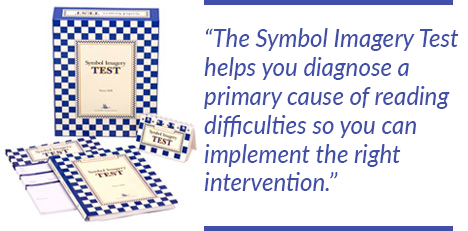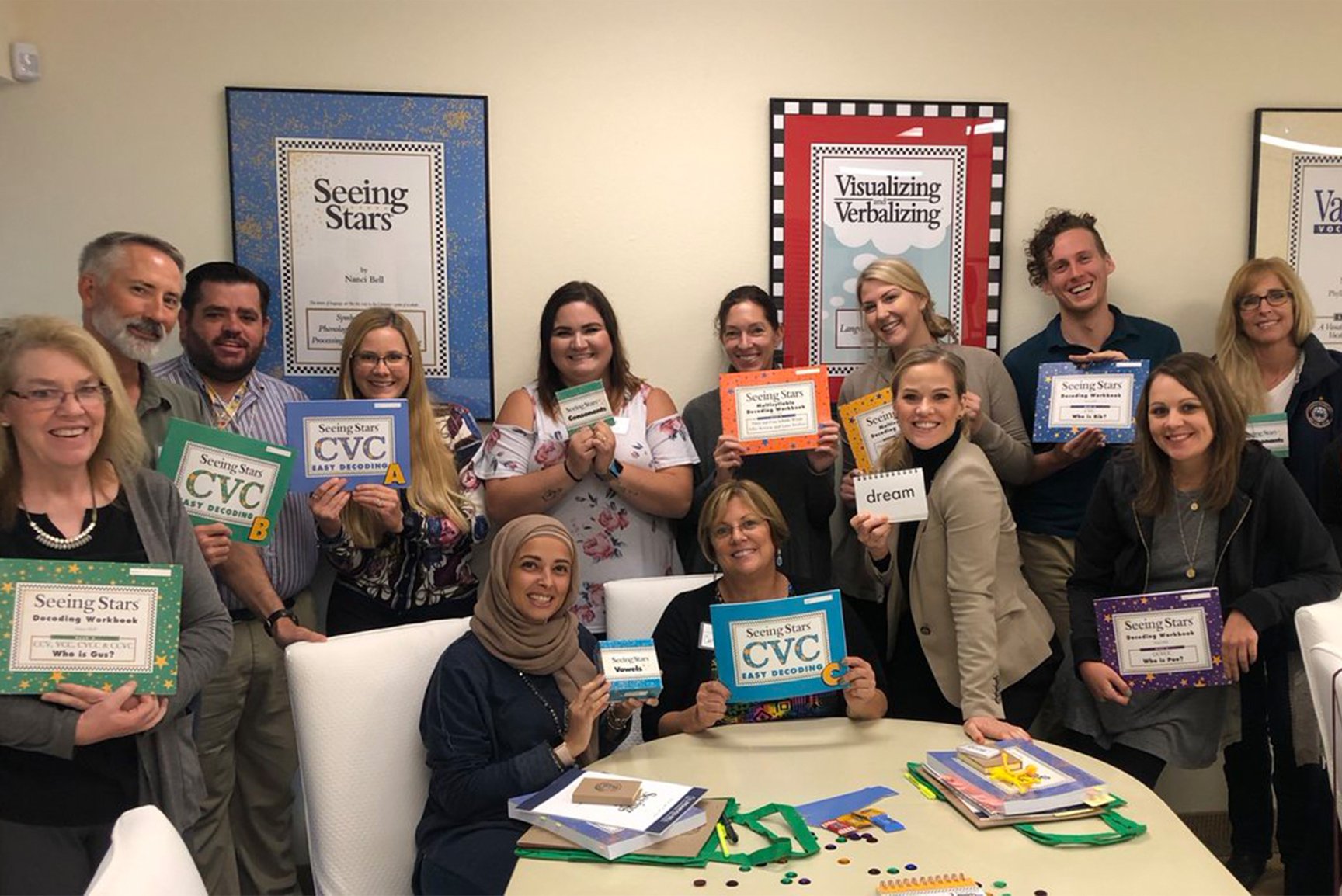-
Comprehension
-
Reading & Spelling
- Mathematics
-
Assessments
-
Diagnostic assessments
- Comprehension, Language, Memory Assessments
- Reading and Spelling Assessments
- Autism Assessments
- Reasoning and Thinking Assessments
- Vocabulary Assessments
- Early Childhood Assessments
- Dyslexia Assessments
- Phonics/Phonemic Awareness Assessments
- Math Assessments
- Fluency Assessments
- Writing Assessments
- Visual/Visual Motor Assessments
- Make Learning Fun

-
Diagnostic assessments
- Workshops
- Blog & News
Hot Topics
Dyslexia

What is dyslexia? According the the International Dyslexia Association, "Dyslexia is a language-based learning disability. Dyslexia refers to a cluster of symptoms, which result in people having difficulties with specific language skills, particularly reading. Students with dyslexia usually experience difficulties with other language skills such as spelling, writing, and pronouncing words."
New laws and initiatives launched in many states require evidence-based interventions, early identification, and teacher training to address the needs of dyslexic students and struggling readers.
How do our programs help? Our evidence-based and unique approach develops the underlying sensory-cognitive processes of phonemic awareness, symbol imagery, and concept imagery. Through multisensory instruction, our programs integrate these critical foundational skills. Our programs are highly effective for dyslexic students and struggling readers because instruction is intensive, explicit, systematic, diagnostic, and cumulative. For many students, deficits in these underlying sensory-cognitive skills can be remediated, allowing them to become independent, proficient readers. And our approach, when used developmentally for at-risk students, may prevent the eventual diagnosis of dyslexia.
OUR PROGRAMS:
Seeing Stars develops
- Symbol Imagery
- Phonemic Awareness
- Sound-Symbol Knowledge
- Orthography
- Morphology and Syllabication
- Word Recognition
Lindamood Phoneme Sequencing (LiPS) Program develops
- Phonemic Awareness
- Phonics
- Sound-Symbol Knowledge
- Word Attack
- Morphology and Syllabication
Visualizing and Verbalizing develops
- Concept Imagery
- Vocabulary
- Reading Comprehension
Dyslexia Laws in the USA (courtesy of the International Dyslexia Association)
More than two dozen states have passed or proposed new laws to raise awareness about dyslexia. This awareness comes through increased screening, intervention programs, and teacher training. While not every state has passed dyslexia-focused legislation, there's a movement in nearly every state to legislate the educational approach to tackling dyslexia. Here's a state-by-state look at dyslexia and initiatives.
Autism
What is autism? According to Autism Speaks, "Autism spectrum disorder (ASD) and autism are both general terms for a group of complex disorders of brain development. These disorders are characterized, in varying degrees, by difficulties in social interaction, verbal and nonverbal communication, and repetitive behaviors."
How do our programs help? Our programs explicitly develop the imagery-language connection, which is critical to cognitive processing. Specifically, the Visualizing and Verbalizing® and Talkies® programs address difficulties with comprehension, abstract and critical thinking, and social cognition and pragmatics. Read an article on a new research study showing how the Visualizing and Verbalizing® program increased reading comprehension and brain activity for students with autism.
Common Core

The Common Core significantly raises the bar for all students regarding the demands of literacy and critical thinking. This presents both an opportunity and a challenge for increasing academic achievement, especially for struggling and at-risk students. Lindamood-Bell's research-validated programs have helped students increase literacy skills to meet rigorous academic standards.
Now you can download our white paper, "Sensory-Cognitive Instruction and the Common Core," to learn how our programs support the Common Core.
Response to Intervention (RtI)

Schools implement our programs within a three-tiered instructional model. Classroom application (Tier 1) includes direct instruction in reading, comprehension, and math skills. Targeted and intensive intervention is provided in Tier 2 and Tier 3 instruction, differentiated based on students' needs. Learn more about our RtI model and get tips for Formative Assessment.
English Learners (ELs)

Sensory-cognitive instruction supports best practices in English Language Development and has been shown to accelerate the learning process for ELs in reading. Our programs systematically develop the foundational skills for reading and language comprehension while providing the necessary scaffolding and differentiation ELs need. Program lessons offer multiple opportunities for oral language development and interaction with vocabulary and content. Click here to learn seven essential strategies for English Learners.






Socialize and Connect
Connect with us for the latest news, success stories, research, promotions, and more!